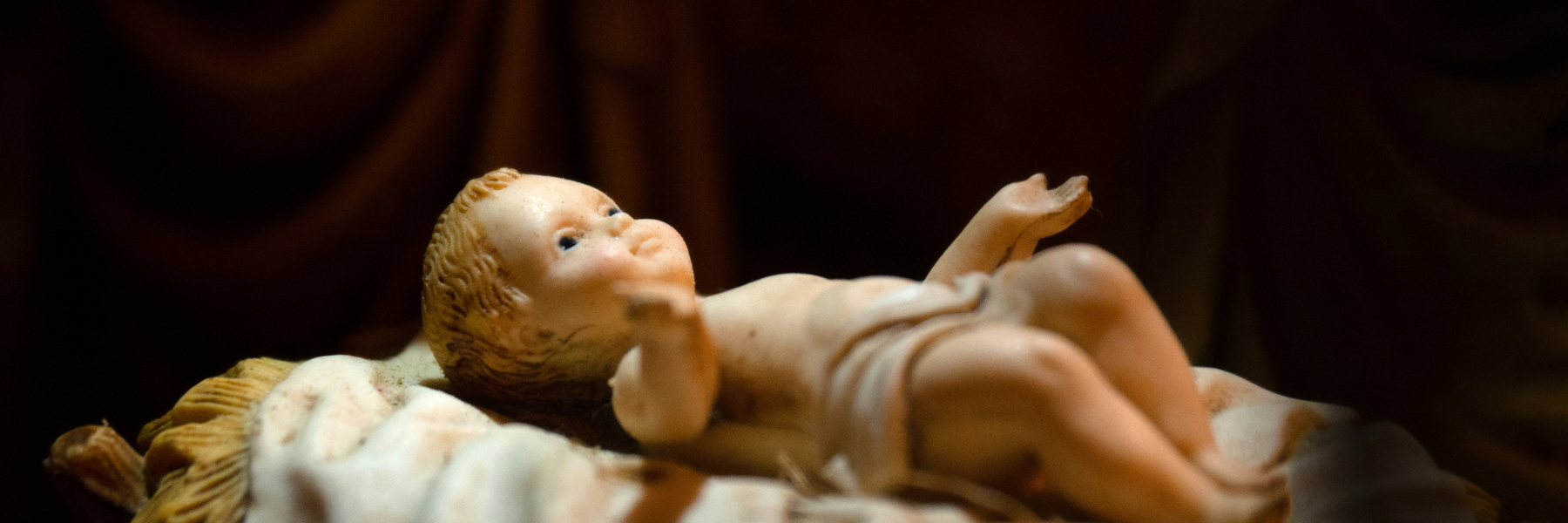

What Is Ordinary Time Anyway?
Contrary to what people may believe, Ordinary Time is far from vanilla or insignificant. Here’s everything you need to know...
It’s that time of the year again: Ordinary Time. Seems pretty anticlimactic after the paramount seasons of Advent, Christmas, Lent and Easter. What’s the significance of Ordinary Time anyway?
Contrary to what people—including some Catholics—may believe, Ordinary Time is far from vanilla or insignificant. Here’s everything you need to know about Ordinary Time and ways to embrace this essential liturgical season.
What Is Ordinary Time?
Ordinary Time is the longest season in the Catholic Church’s liturgical year. And just like the seasons of Advent, Christmas, Lent, and Easter, it takes us through specific events in the life of Jesus Christ. During Ordinary Time, the Gospels include the calling of the twelve apostles, Jesus’ miracles and parables, the sermon on the mount, the bread of life discourse, and other well-known biblical stories about Jesus’ earthly ministry—the period of time between his birth and passion.
According to the United States Conference of Catholic Bishops (USCCB), Ordinary Time is the time of conversion. . . . a time for growth and maturation, a time in which the mystery of Christ is called to penetrate ever more deeply into history until all things are finally caught up in Christ.”1
Why Is It Called “Ordinary” Time?
The word “ordinary” usually refers to something that is common or not exciting. So if Ordinary Time is such an important part of the liturgical year, why does it sound so trivial?
In the religious context, “ordinary” comes from the latin word ordinalis, which refers to an ordered sequence.2 Numbering the weeks in Ordinary Time (The First Sunday in Ordinary Time, The Second Sunday in Ordinary Time, etc.) helps us keep track of where we are in the liturgical year.
Ordinalis stems from the Latin word ordo, from which we get the English word order.3 So the numbered weeks in Ordinary Time are actually part of the ordered—or rhythmic—life of the Church. Just as in our everyday lives, the Church has times of the year for celebrating and feasting (Christmas, Easter, and holy days), penance (Advent and Lent), and quiet growth and joyful expectation (Ordinary Time). Without the periods of growth and maturation, the special occasions throughout the year lose their meaning because we don’t get a full glimpse of Jesus’ life.
When Is Ordinary Time?
Ordinary Time has two parts in the Church's calendar, but it’s still only one season. The liturgical year begins with Advent and is followed by the Christmas season, which ends on January 6, the Feast of the Epiphany. The first period of Ordinary Time begins on the Monday after The Epiphany and goes until Ash Wednesday, when Lent begins—and the Easter season follows. The second period of Ordinary Time begins on the Monday after Pentecost Sunday, which ends the Easter season. This second period of Ordinary Time, which is the longest liturgical season, goes until the First Sunday of Advent when the liturgical year begins again.
Depending on how feast days fall from year to year, there are either thirty-three or thirty-four Sundays in Ordinary Time.
What Is the Color of Ordinary Time?
Green is the liturgical color for Ordinary Time. That’s why, when it’s not a special feast day, priests’ vestments, altar cloths, and church decor are green.
Green is the color of life and hope. In the Church, green has long been associated with the time of growth and expansion of the Church after Pentecost when the disciples, filled with the Holy Spirit, began to spread the Gospel. This is a great reminder that we, too, are called to share the Good News everywhere we go.

What Should We Do During Ordinary Time?
As with all seasons in the liturgical year, Ordinary Time is an opportunity to deepen your relationship with Jesus, grow spiritually, and participate in the life of the Church. Here are a few suggestions for ways you can make the most of this liturgical season.
- Start each day by thanking God for five ordinary things, or go around the table at dinner and invite your family members to share things they are grateful for.
- Read the daily Gospel and meditate on Jesus’ everyday life
- Celebrate saint’s feast days by reading about their lives
- Spend more time praying in nature, such as praying a rosary while you go for a walk
- Take a look at your daily routines and determine if there are old habits you need to break or new habits you want to start
Don’t let this be just another “Ordinary” Time—do something intentional to make it extraordinary.



